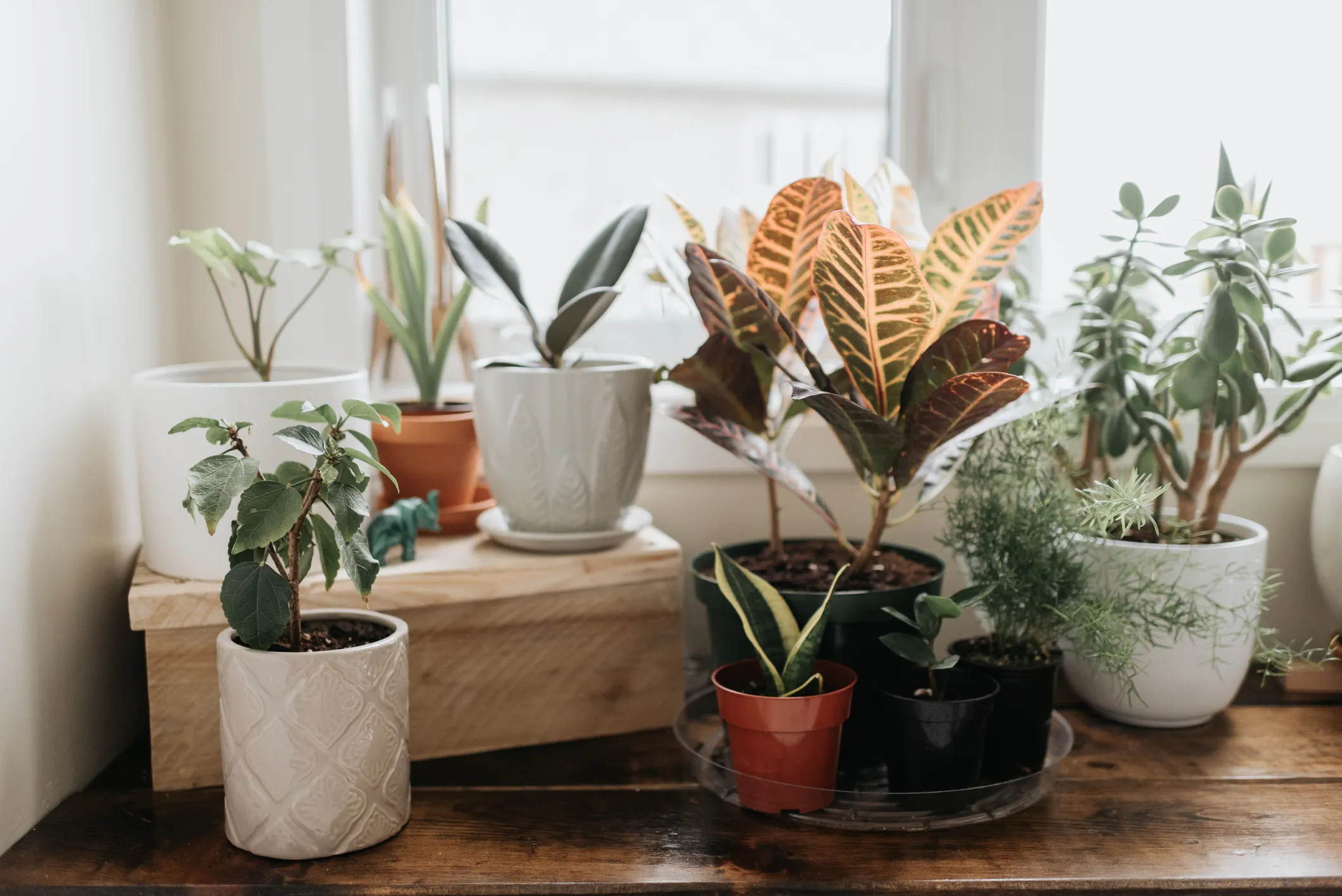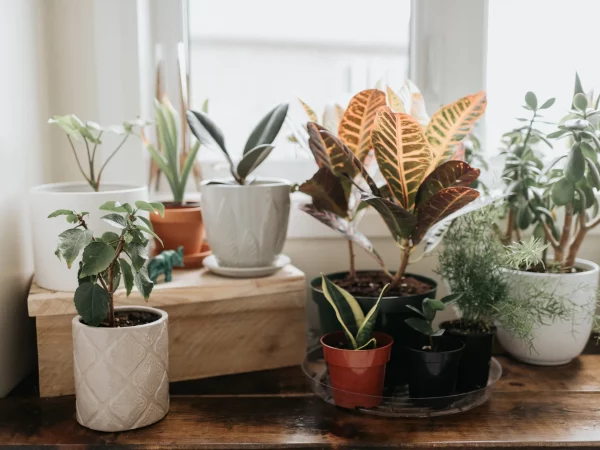House Plants That Are Easy to Keep Alive
Having house plants that are easy to keep alive is important for your home. You can do this in many different ways. You can choose to have plants that will not require a lot of care, or you can choose plants that are hardier. Whatever you decide, choosing plants is a great way to add beauty and character to your home.
Boston ferns
Whether you’re looking to add an attractive houseplant to your home or want to display your favorite indoor plant, the Boston fern is a good choice. This fern has finely dissected leaflets that create an airy feel and look. Unlike other ferns, it doesn’t need a bright spot to thrive.
While Boston ferns can grow in a variety of containers, they prefer to be kept in a container that has a drainage hole. This allows the plant to soak up water through the soil. However, this can cause the root to rot, so it’s important to be sure the pot is well-drained.
Dumb canes
Keeping a Dumb Cane alive requires plenty of light and water. The best time to plant a Dumb Cane is in the spring and summer. The resulting plant will grow up to two feet per year.
Dumb canes can be propagated by rooting stem cuttings. The genus contains over 50 varieties, some of which are used as houseplants.
It is also possible to root the Dumb Cane in soilless mix. This will provide the plant with a fast draining environment. It will also help prevent the roots from becoming too crowded.
Parlor palms
Keeping a Parlor Palm alive isn’t too difficult. Its roots are small and delicate, making it more forgiving if you forget to water. They also need a lot of light to thrive. A bright east or south facing window is ideal.
A Parlor Palm is a great addition to any room, but you should also keep in mind that it does not tolerate direct sunlight well. It will grow more quickly and produce more leaves when it gets indirect light. It can also be a good plant to use to decorate a bathroom.
Chinese evergreens
Keeping Chinese evergreens alive as house plants is relatively easy. These low-maintenance plants are easy to grow and can even be propagated. However, they do require some care.
In order to keep your plant healthy, you will need to avoid overwatering. Too much water can cause root rot. To avoid this, always use a well-draining soil. You can also invest in an inexpensive moisture gauge to keep track of how much water your plant needs.
When it comes to fertilizing, you will need to use a slow-release granule, pellet, or liquid. These products are best used in spring and summer. Diluted to half strength, you can apply them once a month or as often as needed.
Christmas cactus
Keeping Christmas cactus alive can be easy with a little care. They are a member of the Schlumbergera genus and are native to South America. They are not very demanding of your time and can live for decades if you give them the right care. They are easy to find in garden centers and grocery stores.
When you are ready to start growing Christmas cacti, you will need a well-draining pot with a drainage hole. You will also need a fertilizer with half-strength water-soluble nutrients.
Christmas cactus likes moderate humidity. You should spray the plant with water every few days. You should never allow the soil to dry out, as this can lead to disease. You should also keep the plant away from extreme temperatures. This is especially true for the winter months.
Fiddle-leaf figs
Keeping Fiddle-Leaf Figs alive as house plants is a bit tricky, but it’s not that hard. The key is to keep them watered enough and provide them with indirect light. Ideally, they’ll grow to at least 12 feet tall. Those under three feet will need to be repotted every year. The little figs fill your home with tropical lushness.
One thing to watch out for is overwatering. This can be a sign of a bacterial problem. Another sign of overwatering is the presence of brown leaves.
If you can, try to move the plant away from drafty areas. Also, try to keep the plant away from heating and air conditioning units. The sap of the fiddle-leaf fig is mildly toxic, so avoid exposing it to your pets.
Spider plants
Those who don’t know about spider plants, they are a type of houseplant which grows quickly and is easily cared for. They can be grown from seeds or baby plants. They can tolerate slightly acidic, neutral, or alkaline soil.
To keep them healthy, spider plants need to be watered regularly. It is better to use distilled water. Tap water may contain chemicals that can burn the tips of the leaves. It also can be harmful to the plant’s roots.
The plants require 12 hours of indirect light per day. They can be planted in a variety of soils, but prefer a loose, loamy mixture.

